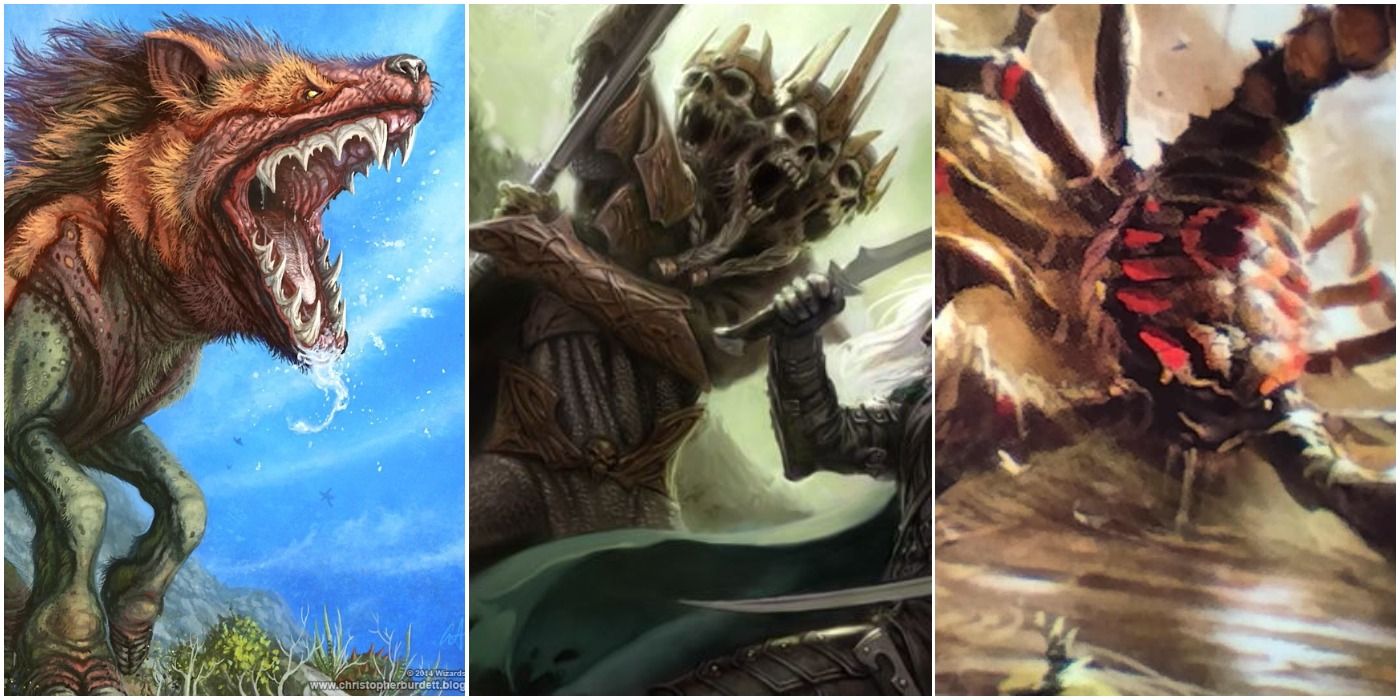
Dungeons and Dragons adventures generally involve three pillars: roleplay, combat, and exploration. Venturing into dangerous environments is an easy way to amp up the third pillar, and deserts are among the most rugged and trying environments out there.
With a lack of water, extreme temperatures, and severe weather patterns, surviving in a desert can be a difficult prospect. Deserts in D&D are made even more treacherous with the addition of the numerous dangerous creatures that lurk in the deserts.
10 A Dybbuk Could Possess A Desert Wanderer

The dybbuk is a demon capable of possessing a dead corpse. While its normal form is that of a translucent, floating jellyfish, it is much more common to encounter one inhabiting the body of a creature, humanoid or otherwise, to infiltrate polite society. Plenty of people get lost and die in the desert, and a D&D party could come across a survivor and rescue them, only to discover later that the stranger has some peculiar habits.
9 Dust Mephits Are Surprisingly Powerful
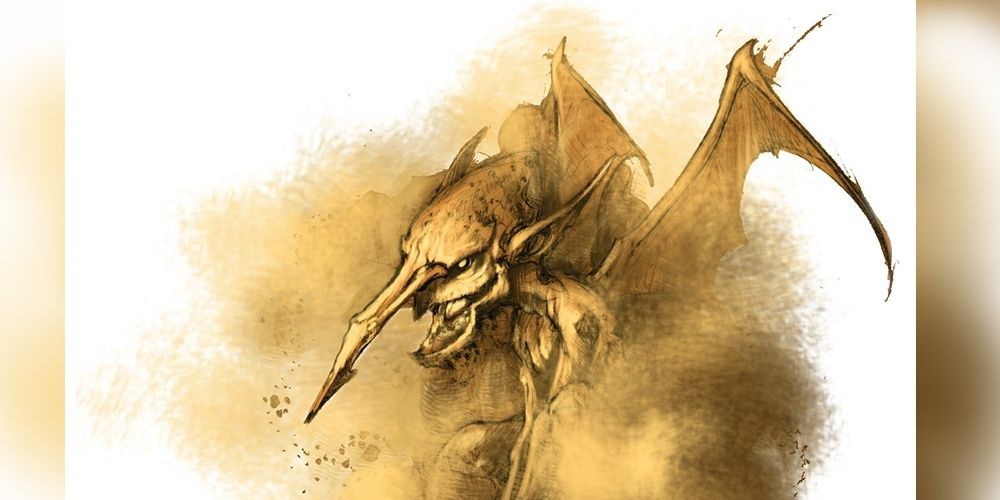
Mephits are lowly elementals, mostly suitable for characters below fifth level. They come in several elemental combinations, but the air and earth-aligned dust mephits are most at home in the desert. They have a surprising number of abilities for their low Challenge Rating, able to blind enemies with a breath weapon, cast sleep once per day, and explode in a blinding burst upon death. They also are one of the few monsters to have a damage vulnerability, rewarding clever player action.
8 Salamanders Thrive In The Heat
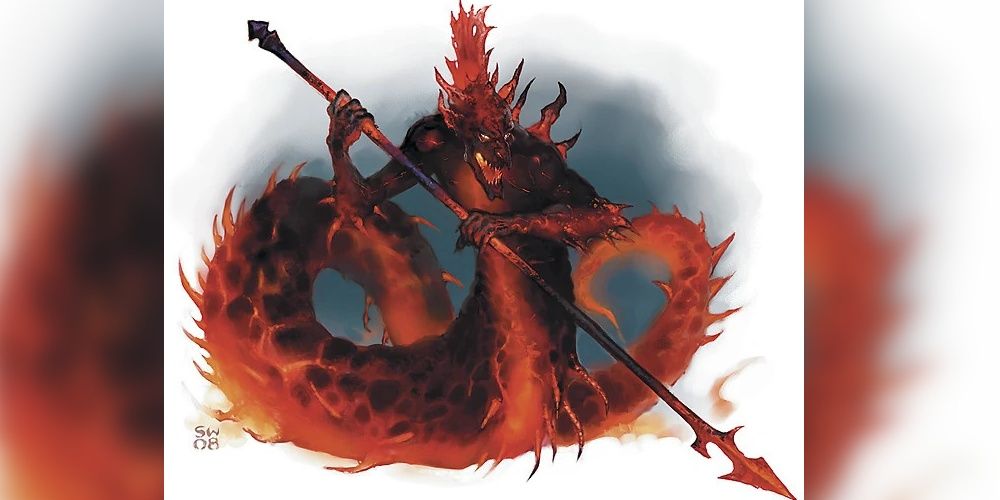
D&D salamanders have little in common with their real world counterparts. They hail from the Elemental Plane of Fire, but sometimes make their way to the Material Plane in service of other powerful elementals or on their own.
They resemble giant snakes with humanoid torsos, and their bodies burn with an intense heat capable of damaging anyone who touches them. Salamanders are skilled smiths, so they could easily be valuable allies or dangerous foes for any D&D party.
7 The Star Spawn Come From Beyond
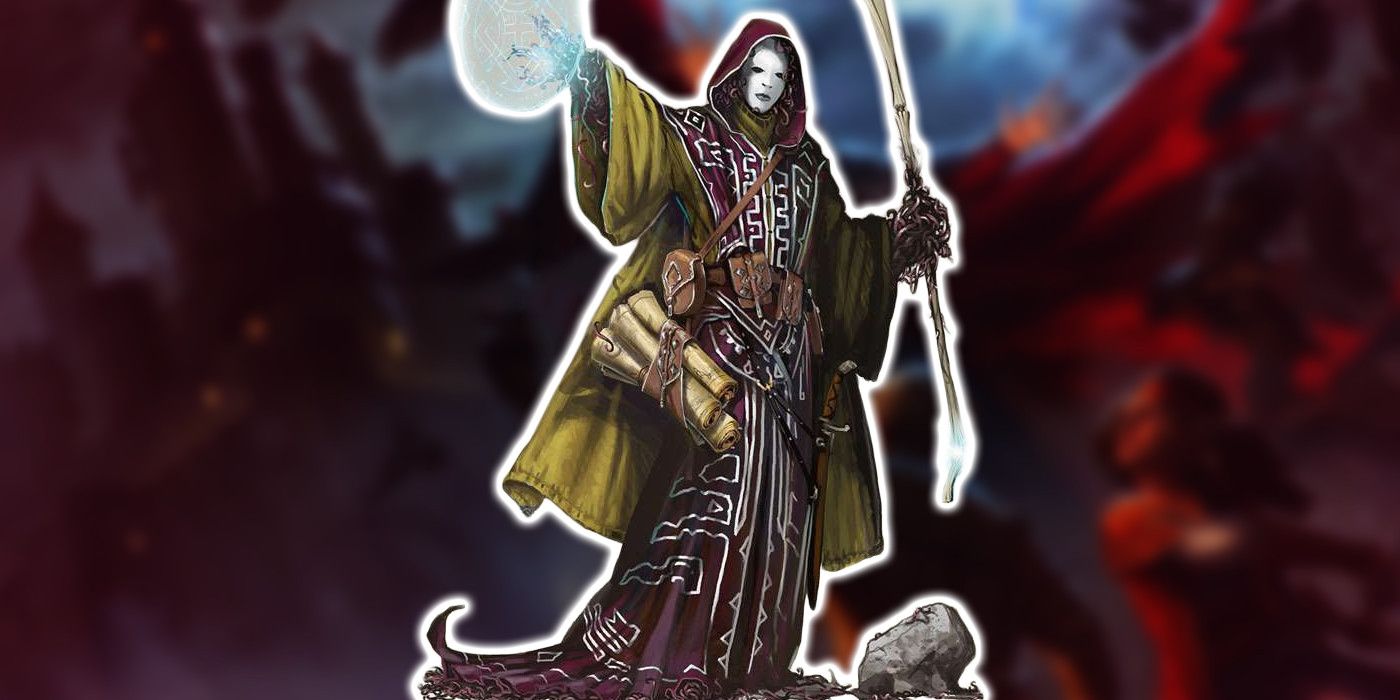
While lots of people do live in the desert, there are vast regions of space too inhospitable to be regularly visited. These places of deep isolation are perfect for the veils between worlds to grow thin, allowing all manner of creatures to creep forth. The star spawn come from places far beyond the Material Plane, working in secret, or out in the open, to advance the agendas of their Elder Evil masters. Perhaps most unnerving of the star spawn is the larva mage, a powerful spellcaster made entirely from writhing worms.
6 Giant Scorpions Are Even Scarier Than The Real Ones

Sometimes the best monsters are the most familiar. Scorpions are fearsome predators, armed with thick armor, powerful claws, and a deadly stinger. Fortunately, the largest real-life scorpion doesn't even break one foot long. But in the world of D&D, there can be scorpions of just about any size. The Monster Manual contains stats for a giant scorpion at Challenge Rating 3, providing a solid threat for player characters at all early levels.
5 Rocs Can Carry Away Whole Caravans

The roc is a truly enormous bird, capable of carrying off giants, whales, or elephants as prey. Fortunately for desert residents, the Monster Manual details that rocs are solitary creatures, so a D&D party venturing into the desert should only have to deal with one at a time.
Tracking a roc to its nest to either prevent it from preying on a town or to acquire some treasure stashed there is the perfect set-up for a high-level desert game.
4 Howlers Can Harry High-Level Adventurers

Native to the chaotic plane of Pandemonium, howlers are powerful pack hunters that occasionally make their way into the Material Plane. They boast the damage resistances typical to fiends of their level, in addition to a psychically powered howl attack. Howlers operate similarly to much weaker predators, like wolves and hyenas, but they are high enough Challenge Rating to pose a real threat to even the toughest of characters.
3 The Sorrowsworn Dwell In Empty Places
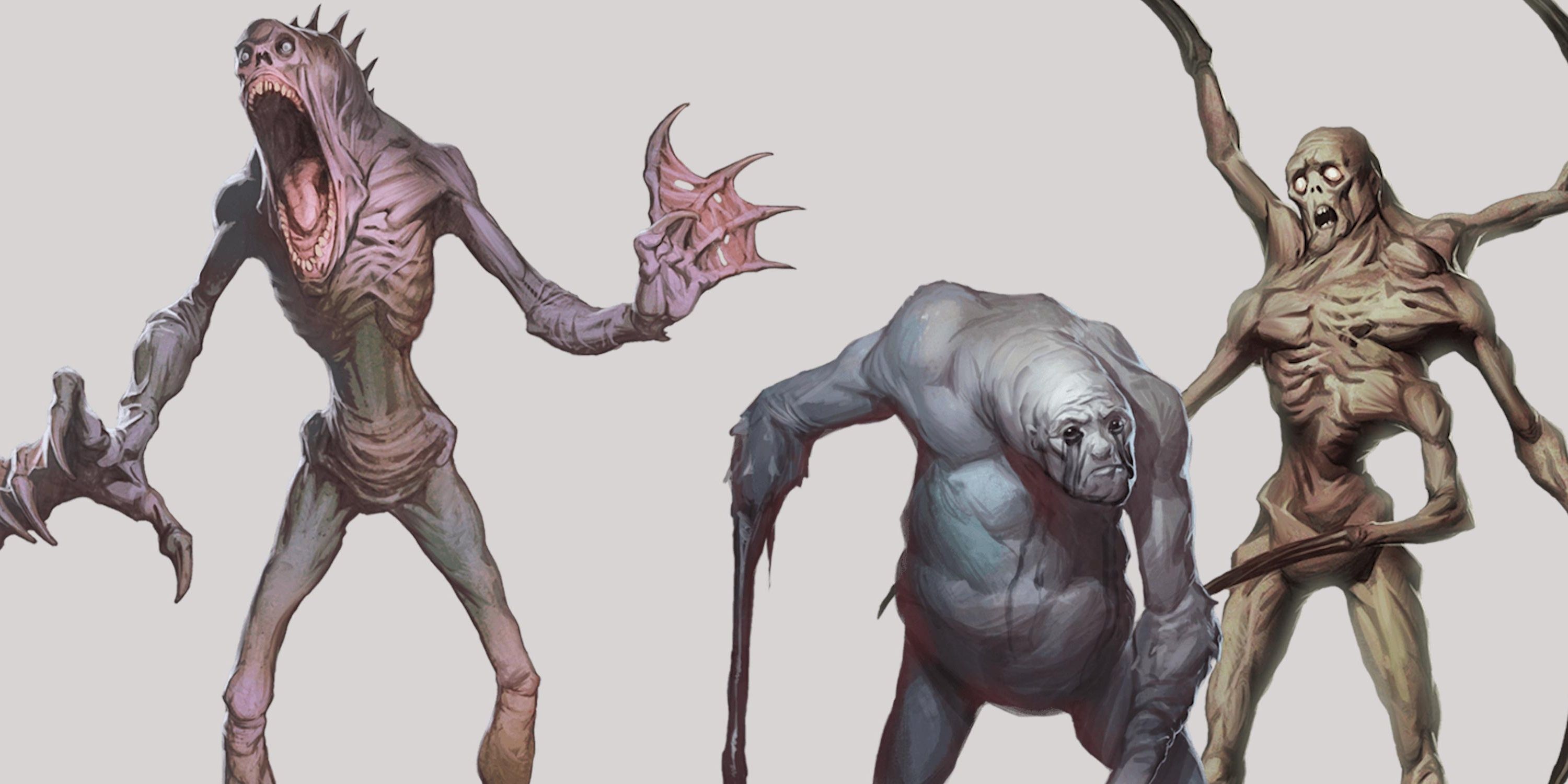
These creatures are embodiments of various types of sorrow and woe, made physical by the influence of the Shadowfell. Any desolate place, from desert to deep forest to lonely mountains, could play home to the Sorrowsworn, but the vast dunes of a sandy desert feel particularly right. These creatures come in several forms, from the spike-armed Lonely to the Hungry, which gets more powerful the more its enemies try to heal themselves.
2 A Skull Lord Is A Perfect Necromantic Overlord

Deep in a desert is a perfect place for an evil spellcaster to make their lair, as they can hide away from prying eyes and potential opposition. While many Dungeon Masters first reach for the lich, the skull lord is a fresh new take on the necromancer mastermind.
With the ability to cast all but the most powerful spells, several legendary actions, and the ability to bolster and heal allied undead, skull lords are perfect end-of-campaign bosses.
1 Leucrotta Are Like Demonic Hyenas
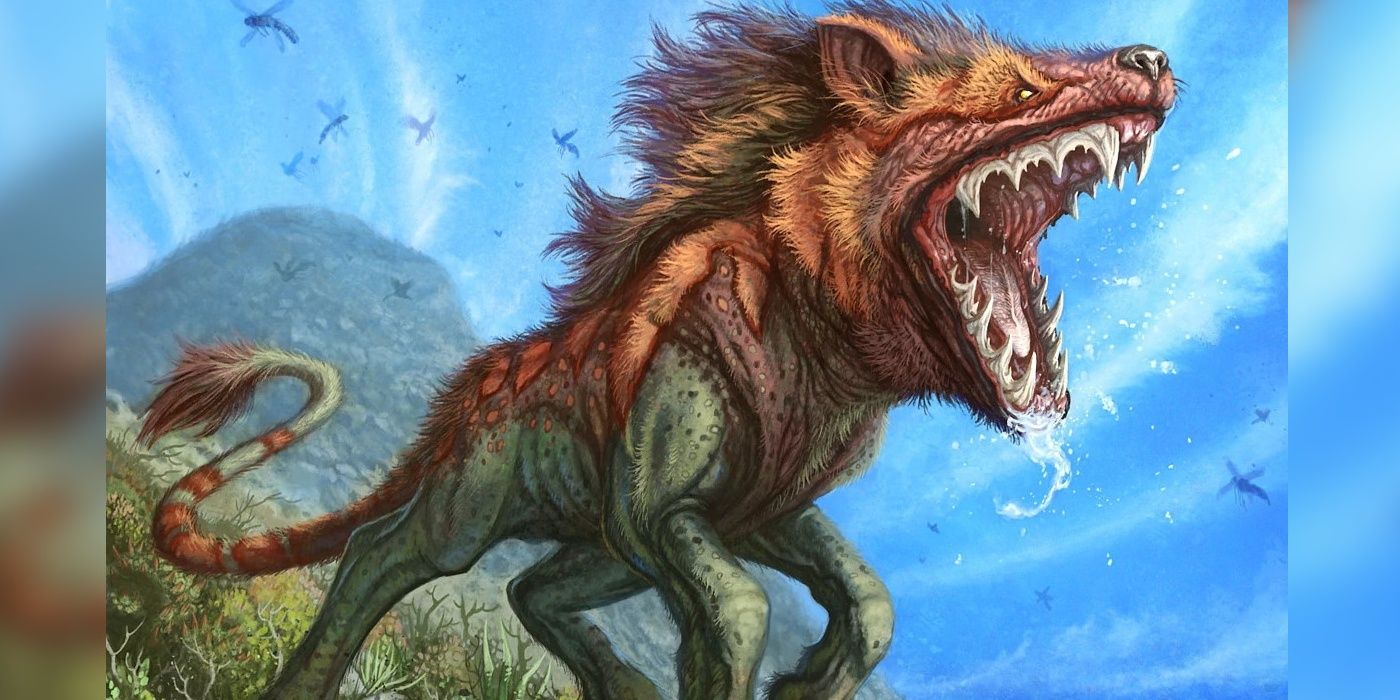
Hyenas hunt the deserts and grasslands of the real world, but leucrottas are their demonic, semi-intelligent D&D counterparts. These creatures are tied to the demon lord Yeenoghu, and they are favored hunting pets of gnolls. They fight with their fanged maws and hoofed feet, and they have the ability to perfectly mimic animal sounds and voices. Leucrottas are similar enough to real animals that they will feel right at home in the desert, but they have enough fantasy flair to keep everyone on their toes.
Source: Trendz OH
What's so great about the desert safari? A tour guide service makes the experience even better and as well as desert safari dubai. You'll learn about the timing, cost, and what to expect. Also, you'll learn about the fun part of the tour - dune bashing! But before you book that trip, here are a few things you need to know. Also, be sure to check the weather conditions before you go. The desert isn't for the faint of heart, so bring sunscreen and a camera.
ReplyDelete